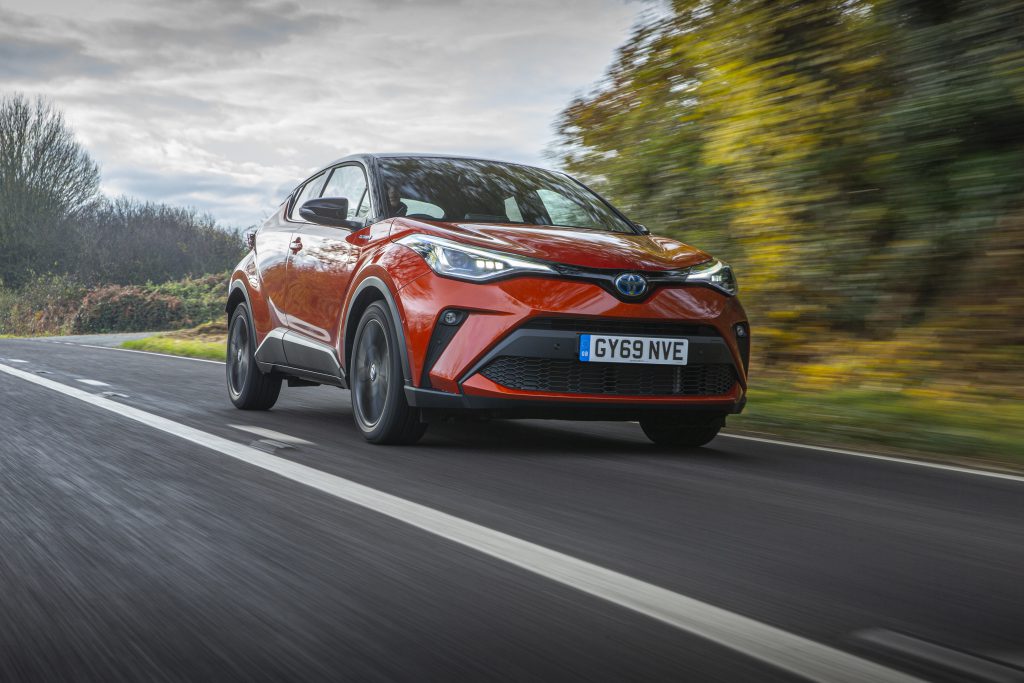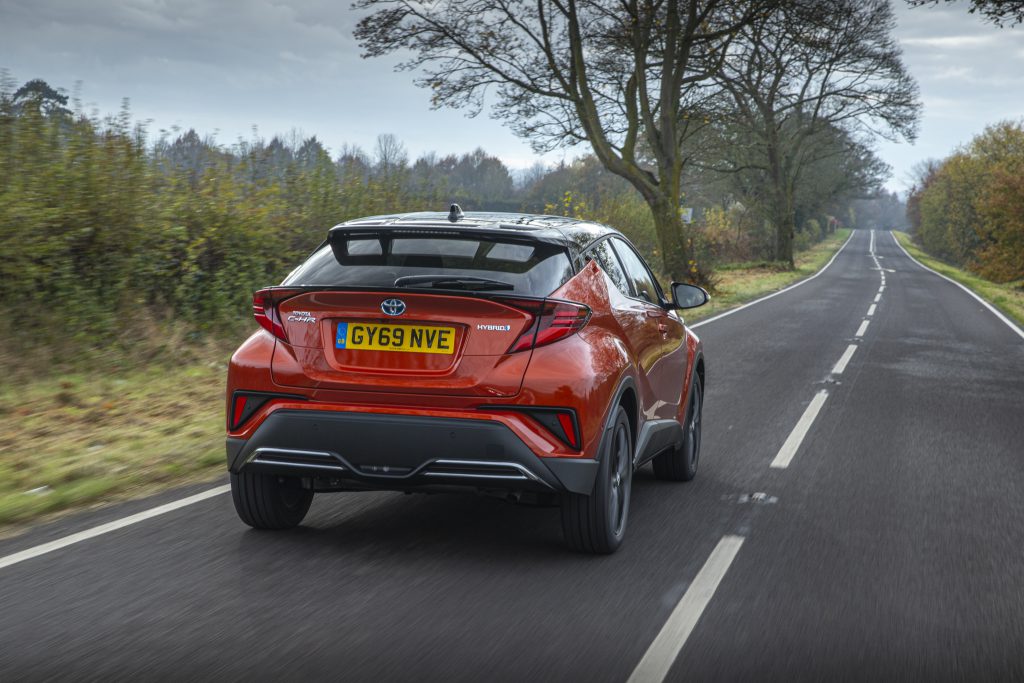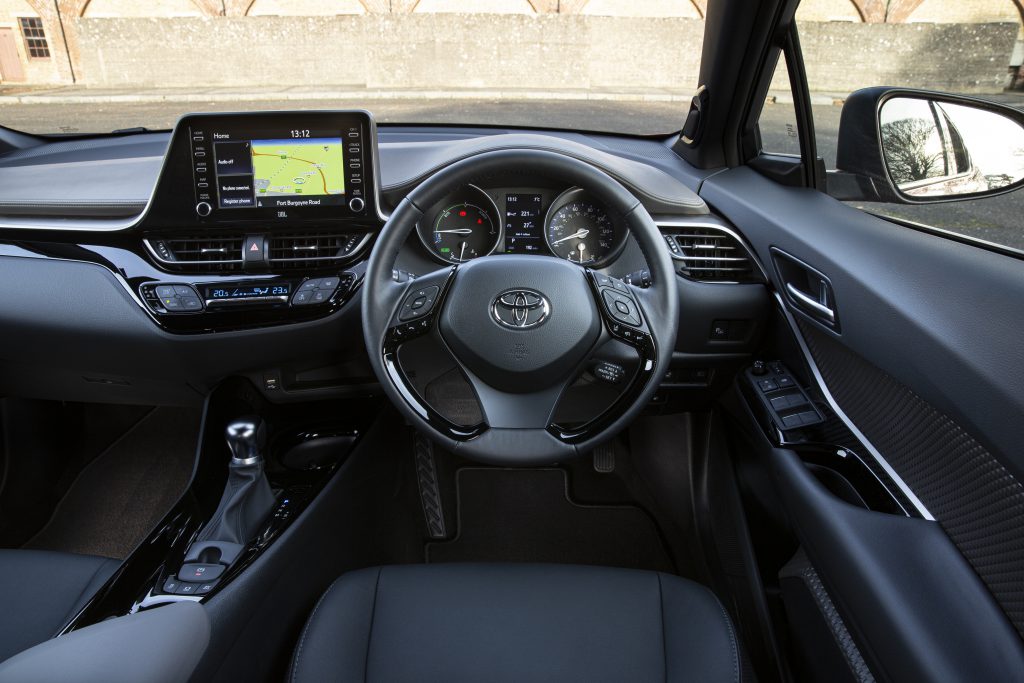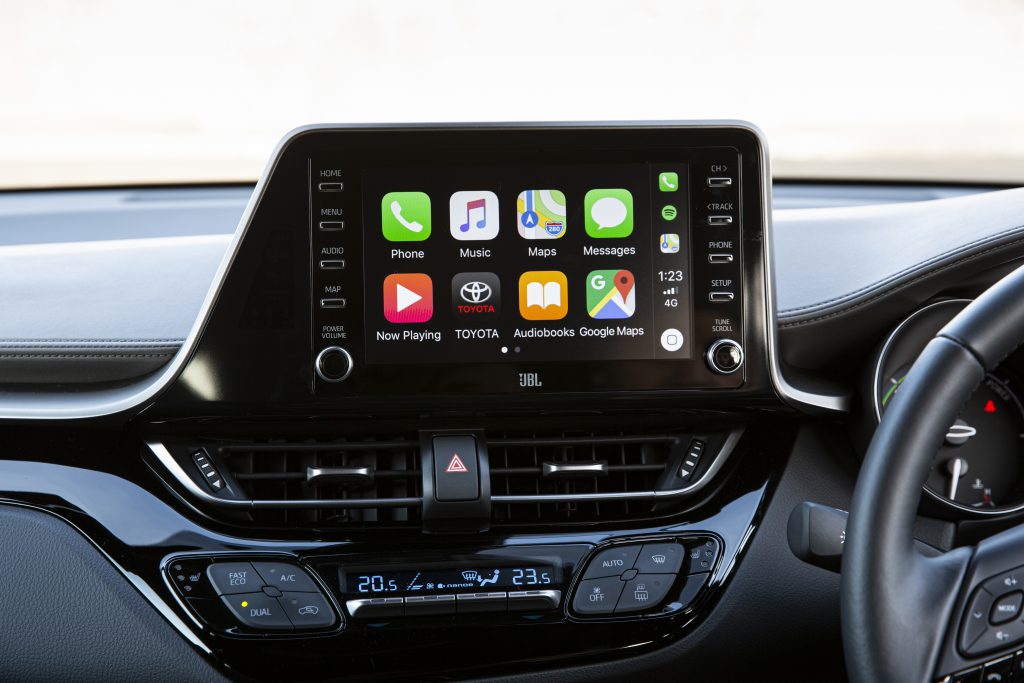By Nigel Wigmore
THIS week I have been driving a car that eclipsed the range anxiety associated with all-electric cars.
Range — how many miles an electric car can go before the battery runs out — has been improved on all- electric cars now coming on stream.
Carmakers had to do this to entice motorists to buy electric cars. We are told repeatedly that electric cars are the future.
However, for distance driving and what I would term “normal” driving habits, the Toyota C-HR self-charging hybrid at present seems a much better bet.




An electric car functions on a finite amount of power stored in a battery. That is its sole source of power.
A self-charging hybrid, such as the Toyota C-HR, functions in a much more satisfying and reassuring way.
On a self-charging hybrid you do not have to plug in to charge the batteries separately. Instead, on- board systems top up the batteries as you drive. Energy recovery is also generated during braking.
The new C-HR offers motorists the choice of two self-charging hybrids, with the introduction of a new 2.0-litre powertrain at the top of the range. The C-HR
entered the market as Toyota’s first compact crossover in 2016. The self- charging hybrid has proved to be very popular. In Britain, C-HR sales topped 14,600 in its first full year in showrooms.
The new 2.0-litre system produces 182bhp, with 119g/km CO2 emissions. As well as greater power and higher efficiency, the 2.0- litre hybrid versions of the C-HR have upgraded suspension and improvements to counter noise and vibration.
This makes for a pleasurable and comfortable drive. But the overwhelming thing about the C-HR for me was that it
felt like a car fit for purpose in the 21st Century.
Power, comfort, reassurance of your ability to get somewhere without worrying about the car’s energy resource, these were all factors that made the C- HR stand out.
Its semi-futuristic design, for want of a better phrase, may not be to everyone’s taste but I felt very much at home in the C-HR.
Old-style motorists such as myself might crave large, petrol-driven V8 engines with bags of power available at the blip of an accelerator pedal but in the real, modern world, cars such as the C-HR are a much better fit.
Toyota’s 2019 multimedia system allows for full smartphone integration via Apple CarPlayTM and Android AutoTM. This also
enables over-the-air map updates for the navigation system. Toyota provides a free three-year subscription for updates (available every six months) on every new C- HR.
Height adjustment has been added to the front passenger seat, while power driver’s seat adjustment is now standard on Excel models (optional on Design and Dynamic grades).
I would like to see equality between the driver’s seat and front passenger seats on all cars. The idea that the comfort of the front passenger is in some way less important than that of the driver is wrong.
On the new model C-HR, improvements for noise and vibration were identified by engineers and improved in eleven different locations. So, I found the cabin quiet even at higher speeds.
The battery packs are located beneath the rear seats, avoiding any intrusion into the load space.
One of the main attractions of the cockpit is its user-friendly technology. The switchgear and central 8in multimedia touch- screen are angled slightly towards the driver.
The touch-screen stands proud of the instrument panel giving the driver good forward visibility.
Three new colours are available for the C-HR: Scarlet Flare, Satin Grey and Scorched Orange. Bi- tone variants — which look great — are also available with the roof and front pillars finished in Gloss Black, matched with bodywork in Pearl White, Metal Stream, Satin Grey, Nebula Blue, Decuma Grey or Scorched Orange.
Audio sound is excellent from the new C-HR’s JBL Premium Audio system (an option for Excel and Dynamic models, the latter in conjunction with leather upholstery).
The system comprises an eight-channel, 800W stereo amplifier and nine speakers. The new generation amplifier delivers more precise tuning and even clearer, more powerful sound. To improve the sound quality of compressed music files, it supports Clari-Fi technology, which restores digitised sound to almost CD quality.
In addition to the two 25mm horn tweeters, the system features two 80mm wide-dispersion units, two 17cm sub-woofers in the front, two 15cm full-range speakers in the rear, and a 19cm sub-woofer in a dedicated, 10-litre ported enclosure in the load space. Toyota Safety Sense is fitted as standard, across the
entire new C-HR range. The package includes a Pre- Collision System with pedestrian recognition, Adaptive Cruise Control, Lane Departure Alert with steering control, Automatic High Beam and Road Sign Assist.
Lastly back to power in more detail: the full hybrid
powertrain (petrol engine and electric motor combined) produces 182bhp/135kW yet is more efficient than and superior to the 1.8-litre system. Although power is greater by 50 per cent, fuel consumption is only 10 per cent higher. CO2 emissions are, says Toyota, the best in its segment.
